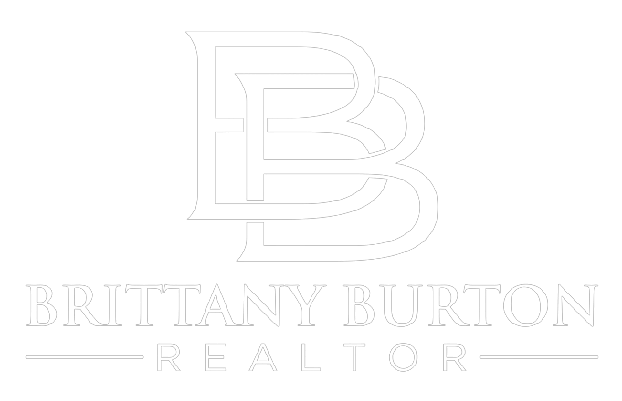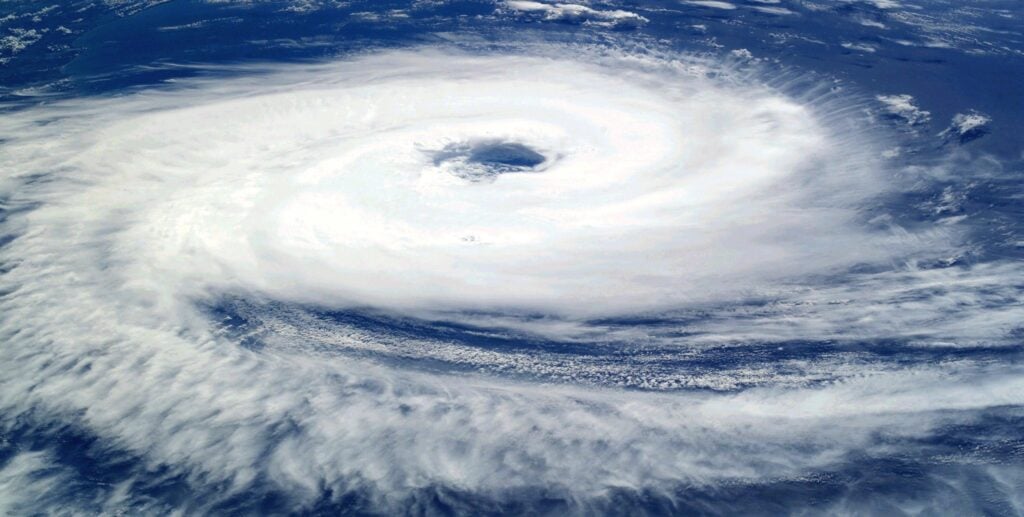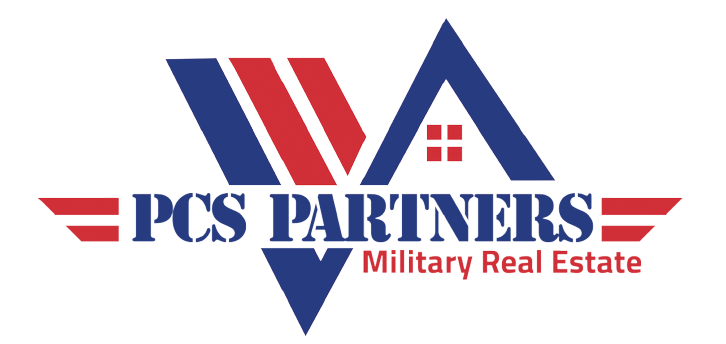We have officially entered hurricane season. While the National Oceanic and Atmospheric Administration says there’s a good chance it will be “near-normal” for both the Pacific and Atlantic coasts, that’s not exactly comforting for property owners, especially given the recent numbers .
In the past three years, 13 hurricanes have hit the US, one of them was Hurricane Ida – the second most destructive hurricane the country has ever seen. Ida racked up an estimated $36 billion in insured losses in 2005, behind only Hurricane Katrina, according to the Insurance Information Institute.
It’s storms like this — and the risk of more of them down the road — that have prompted a property insurance premium increase nationwide.
Will 2023 bring more of that costly risk? what’s here CoreLogic’s Recent Storm Report tells us.
More than 32 million homes are at risk
CoreLogic’s report has some serious numbers. According to the analysis, 32 million single-family homes are at “moderate or high” risk of damage from hurricane-force winds, amounting to $11.6 trillion in potential rebuilding costs.
Another approximately 8 million single-family properties are at risk of storm surge flooding. The potential costs there add up to $2.6 trillion.

If you look at multifamily residences, about 1 million properties are at risk of wind damage and 261,000 are at risk of storm surge flooding.
Which markets are most at risk?
Potential asset risks vary widely by location. Most at risk is the New York City-Newark-Jersey City metro, according to CoreLogic, where 8 million single-family residences could sustain wind damage. The metro also ranks number one for potential stormwater flooding, with nearly 800,000 single-family residences at risk.
“While hurricanes are more likely to make landfall in South Florida or along the Gulf Coast than in the US Northeast, the New York metro area contains more exposed homes based on proximity coast and population density,” the report reads. “Damage would be catastrophic for the New York City metro area if a major hurricane like Superstorm Sandy in 2012 were to make landfall.”
Hurricane Sandy was the third most destructive hurricane of all time, after Ida and Katrina. According to the Insurance Information Institute, this resulted in more than $35 billion in insured losses.
Here is a complete list of the metros most at risk for single-family storm wind damage:
| Metro | Number of houses at risk |
|---|---|
| New York-Newark-Jersey City | 3,825,243 |
| Houston-The Woodlands-Sugar Land | 2,085,879 |
| Miami-Fort Lauderdale-Pompano Beach | 2,018,040 |
| Philadelphia-Camden-Wilmington | 1,927,600 |
| Washington, DC-Arlington-Alexandria | 1,766,435 |
And for single-family stormwater flooding:
| Metro | Number of houses at risk |
|---|---|
| New York-Newark-Jersey City | 788,261 |
| Miami-Fort Lauderdale-Pompano Beach | 746,602 |
| Tampa-St. petersburg-clearwater | 540,411 |
| New Orleans-Metairie | 405,975 |
| Virginia Beach-Norfolk-Newport News | 399,326 |
In multidimensional space, New York, Miami, Boston, Tampa, and Cape Coral, Florida are at greatest risk of flooding, while New York, Washington, D.C., Boston, Miami, and Philadelphia are at greatest risk of wind.
what does it mean to you
If you’ve invested in any of these high-risk areas, it doesn’t just mean potential property damage. Insurance Providers Steadily, insurers are actually “pulling out in big numbers” in some areas, so this can make renewing your insurance policies a challenge.
“The entire state of Florida is a tough place when it comes to insurance,” written by datha santomieri, Co-Founder and Vice President of Insurance at Steady. “Fourteen insurance companies are currently in liquidation, and most of them were liquidated in the past year.”
If you’re able to renew your policy or find insurance in a high-risk area, expect higher premiums—potentially much higher. III, Florida property owners can expect an increase of 40% or more in insurance premiums this year.
“If you are in one of these difficult geographic areas and you have an insurance company that is willing to offer you an upgrade, you may want to consider settling for a ride, even if your premiums are going up,” says Santomieri. They say. “It’s going to be tough for a while.”
get the best money
Quickly find and compare investor-friendly lenders who specialize in your unique investment strategy. It’s faster, free and easier than ever!

Note by BiggerPockets: These are the views expressed by the author and do not necessarily represent the views of BigPockets.





